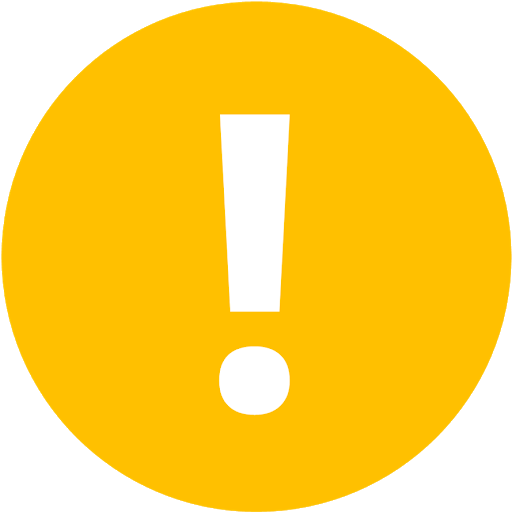Solea 1 Flamenco Guitar
| Title | Length | Watched |
1. Introduction |
1:00 | |
2. Playing the Lesson in Time |
3:13 | |
3. The Opener Free Lesson |
3:58 | |
4. The Opener Remate |
4:27 | |
5. Variation on the opener |
6:02 | |
6. Falseta 1 (Escobilla) |
5:43 | |
7. Falseta 1 (Escobilla) Continue |
4:20 | |
8. Variation on Falseta 1 |
4:59 | |
9. Variation on Falseta 1 Continue |
5:12 | |
10. Connective Passage |
5:29 | |
11. Rhythmic Rasgueado Patterns |
8:21 | |
12. Variation on the Rhythmic Rasgueado Pattern |
7:54 | |
13. Falseta 2 |
7:33 |
Solea 1
- By: Adam del Monte
-
Flamenco Guitar
- Edition: 2
- Advanced Beginner
- 68 Min
- 13 Videos
- Download Music Sheet
Solea or soleares comes from the Spanish word Soledad which means solitude. Its mood is very much introverted and melancholic in character. It is one of the most fundamental forms in all of flamenco literature. With its enigmatic rhythmic structure (compás) of 1 2 3 4 5 6 7 8 9 10 11 12 where the underlined numbers representing the fundamental accents, this compas pattern is shared amongst other major forms of flamenco such as the Solea por Buleras, Alegrias, Bulerias and Fandangos de Huelva. The cante (singing) of Solea is of a solemn, serious and introverted character. Although, it is loaded with outbursts of expression of pain and despair, that intense emotion is what fuels the depth and drama of Solea.
This introductory lesson to solea starts you with some important basics in flamenco. It features three falsetas and two variations which are perfect as a skill builder and for aiding the understanding of the compás of Solea. Even though these phrases are deemed as “Advanced-Beginner” you do need some basic and fundamental technical ability on the flamenco guitar. We recommend that you start with the Flamenco Guitar for Beginners Part 1 and Part 2 to get the necessary skills if you've never played flamenco guitar before.
In this lesson Adam del Monte is playing a flamenco guitar by Candelas Guitars
Looking for other lessons? Go back to Our Lessons


